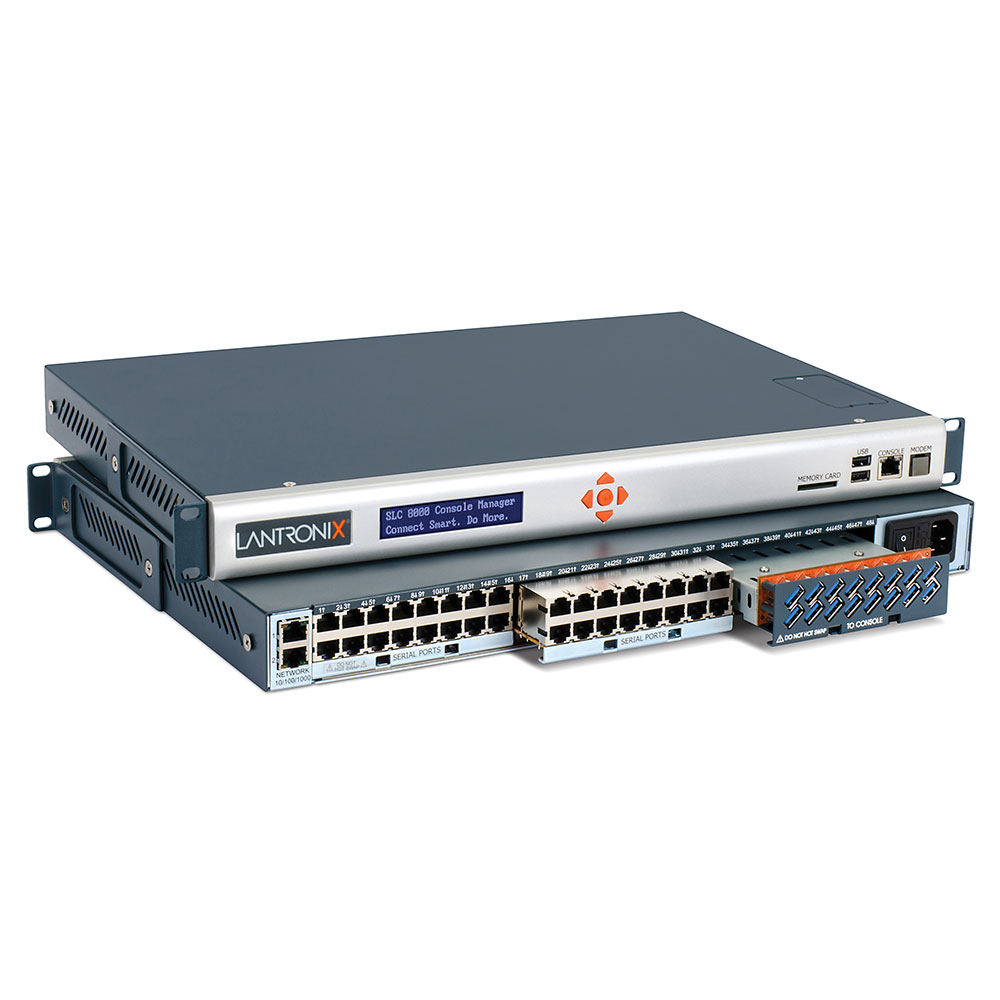
Out-of-Band Management, Part 2: Deploying OOBM in Differing Environments
In my previous blog, I defined the what, why, where and when of out-of-band management (OOBM). In this blog, I will discuss the “how” of OOBM connectivity. First, let’s take a look at four major drivers for OOBM connectivity changes over the past few years:
- Mobile Devices – As mobile devices have become a prevalent method for controlling and monitoring IT assets, the need for Wi-Fi and cellular connectivity options for OOBM have grown.
- Laptops – The laptop is still the primary connectivity tool for most IT assets regardless of where the IT person is (local or remote). Over the past five years, we have seen the traditional serial and RJ45 Ethernet connector be replaced with USB (Universal Serial Bus).
- Front/Back Panel Real Estate at a Premium – The desire to increase operational port density on every device in the data center has made the real estate on the front and back panels of IT gear a premium commodity. Also, as data centers are moving towards hyper-converged and cloud-focused platforms, such as Open Compute, every opportunity is being used to reduce, shrink or eliminate extra connectors.
- The Move to USB in IT Equipment – Manufacturers of IT infrastructure equipment such as Cisco, Juniper and Brocade are increasingly moving towards USB ports, and in some cases Micro-USB, for local management ports versus traditional connector options (serial, DB-9, RJ-45).
Key OOBM Environments
At a very high level, there are three major environments for OOBM today:
- Onsite Data Center – Whether the data center is used for enterprise, telco or cloud purposes, if you are onsite then you will probably be using a dedicated Ethernet network for OOBM connectivity on campus. If you are in the physical data center, in front of the physical device, the most likely direct/local connectivity options are serial or USB ports. Public switched telephone network (PSTN) modems are still a commonly used option for disaster recovery (DR) purposes in many data centers and PSTN can also be used as a last resort option for remote access.
- Remote/Co-location (COLO) Data Center – If you are accessing a remote data center, Ethernet is still the primary connectivity option. However, the growing use of mobile devices is adding the requirement for cellular and/or Wi-Fi connectivity options.
- Remote Office and Branch Office (ROBO) – Again, Ethernet is still the primary connectivity option, but Wi-Fi and cellular are becoming much more popular and viable outside of the data center. Given that almost every IT and field service person receives notifications on their mobile devices today, the ability to connect and correct issues remotely with a smartphone or tablet is now a requirement for IT.
The following table outlines the connectivity options and for each major OOBM environment.
| Environment | Primary
OOBM |
Secondary
OOBM |
Disaster Recovery OOBM | Local
OOBM |
| Onsite Data Centers | Ethernet | Ethernet
Serial |
PSTN Modem | Serial
USB |
| Remote/COLO Data Centers | Ethernet | Wi-Fi
Cellular Serial |
PSTN Modem | Serial
USB |
| ROBO | Ethernet | Wi-Fi
Cellular Serial |
PSTN Modem | Serial
USB |
Pros and Cons of OOBM Options
The primary methods and options for OOBM for both onsite, remote and local access include:
| OOBM Option | Pros | Cons |
| Ethernet | · Ubiquity
· Performance · Reliability |
· Limited ports on some devices
· Not available in switch failures |
| Wi-Fi | · Good for ROBO
· Good for mobile devices |
· Not viable in data centers
· Limited range |
| PSTN Modems | · Most reliable DR option | · Limited performance
· Limited laptop connectivity |
| Cellular | · Good for ROBO
· Good for mobile devices · Good DR option |
· Not viable in data centers |
| Serial | · Long range
· Data center friendly |
· Being replaced with USB and cellular
· Low performance |
| USB | · High performance
· Local connectivity · Flexible dongle options to convert to Ethernet or serial ports |
· Limited distance |

Like almost everything in life, you need to use the right tool for the right job. Obviously, Ethernet will be the primary OOBM tool for many years to come, but we are seeing the emergence of cellular and Wi-Fi as the need for mobility grows for Out of Band Management (OOBM). USB is now the leading I/O connector for laptops and will grow as a leading option for local connection to IT equipment. Selecting a modular-based OOBM system can assist admins in managing changing standards and preserving valuable real-estate, while creating a cost-effective, robust and scalable infrastructure environment.
Want to learn more about OOBM and the latest next-generation IT infrastructure solutions? Download our latest brochure here. Or take a test drive today with the industry’s most advanced modular console server manager by clicking here.
About the Author, Jeff Blyther
Jeffrey Blyther is a field application engineer for Lantronix, Inc., a specialized networking company providing smart IoT and M2M connectivity solutions. Jeff has extensive experience in a wide range of technologies, such as Ethernet, Wi-Fi, cellular, datacenter infrastructure, networking protocols, and serial communications.
About Lantronix
Since 1989, Lantronix has been at the forefront of providing IT administrators with innovative Out of Band Management (OOBM) solutions. Lantronix is the manufacturer of the SLC 8000, the industry’s first advanced modular console manager, which delivers secure, scalable and high availability OOBM and robust management capabilities. Today, the SLC 8000 is used in some of the world’s most demanding IT infrastructure environments, including Fortune 500 data center and test and development environments.


